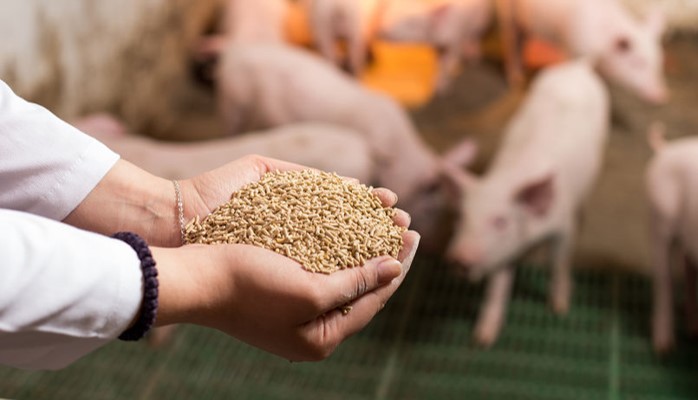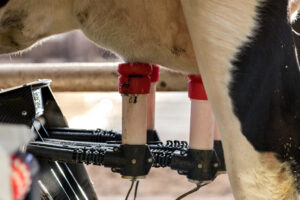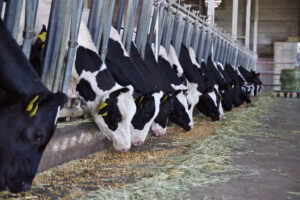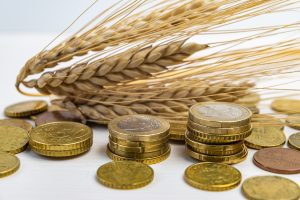Current farming practices are increasingly conducive to animal welfare, but they still lead to a number of hazards that are poorly perceived by animals. This often results in a drop in consumption. What are these hazards that affect feed consumption and how can their effects be avoided?

Feed: Factors inducing drops in consumption
Risk stages in animal production cycle
Reductions in consumption never happen by chance. Some of the most common causes are:
- Dietary transition
- Reformulations with their changes in raw materials
- The high protein content of certain supplements
- Aversive compounds such as drugs or certain raw materials
Every dietary transition is a challenge for animals. Indeed, it means: new type of feedstuff, perhaps a new appearance (liquid to solid), new composition. All these changes are strongly perceived by animals, which are by nature neophobic. So how do animals react to dietary transitions, changes in formulation…? They decrease their consumption even if only for a few days, but the consequences will be for the whole production cycle.
How do animals react to a new feed that does not taste the same as usual, or worse with a feedstuff with an unpleasant taste (due to minerals, fat oxidation, bitter compounds…)? They reduce their consumption or sometimes even refuse to eat.
But why?
Physiological explanation
A cow has 25,000 taste buds, whereas humans only have about 7,000. The olfactory epithelium, essential for smell and taste, has a surface area of about 100 cm² in pigs and cows, and only 9 cm² in humans.
Animals are much better equipped than humans to smell and taste what they eat! Any change in formulation, raw material … will be particularly felt by animals, and may lead to drops in ingestions.
Brain explanation
These taste buds are directly connected to the centre of the animals’ memory. A scent that is not remembered will alert the animal to a potential danger. This neophobia is a mechanism as vital as it is inevitable.
But, how can a feed manufacturer limit these drops in consumption? These drops in consumption are detrimental to livestock farmers, but also to the image of manufacturers.
Solutions for stabilizing the amount of feed ingested
There are three facets to work with: the olfactory profile, the taste profile and the attractive features
Working on the Olfactory Profile:
The sense of smell is the first contact the animal has with its diet. Taste comes right after. Given the sensitivity of animals to smells and tastes, flavours (smell in the mouth plus taste) have a role to play in animal production.
Flavouring will prevent any change of smell in a feed (following a change of raw material for example). The aroma will indeed cover the changes and thus smooth the olfactory profile of the feedstuff. The animal will first smell the aroma, its memory will recognize it and the animal will consume its diet more easily.
Improve Taste Profile:
Taste is the second step between an animal and its feed. As with the olfactory profile, the aroma will attenuate the variations in taste, thus avoiding any surprises for the animals.
Flavours will also improve the palatability which will encourage the animals to eat again.
To go further, a flavour can be combined with a sweetener to achieve a higher palatability. The latter will bring the sweet taste, universally appreciated, and will also enhance the aroma. They work in synergy on the taste approach, just like 1 + 1 = 3 in a company.
Using attractant molecules
Attractive functionality can be provided by the aroma thanks to specific molecules that naturally attract animals without necessarily appealing to their memory. The attractant molecules are released from the feed and move through the air where they are picked up by the animals’ olfactory receptors. This is an additional tool to help animals find their diet and to motivate them to eat.
Flavourings are therefore a key lever for stabilising the quantities ingested. In addition, it will also be necessary to take care of the well-being of the animals. For the animal to consume well, for the animal to produce well, the feed must smell good and the animal must feel good.





